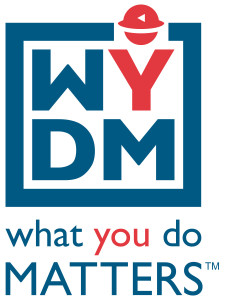In today’s construction and design world, building professionals grab their iPads and converge in “The Big Room,” where egos are parked at the door and creative and stimulating problem-solving happens. The intent is to “infill” (to use construction lingo) the great divide between design and construction, and it’s working.
While technology has streamlined construction and design into realms unimaginable just five years ago, nothing will ever replace the face-to-face interaction and “water cooler” conversations that inspire innovation and expedite problem-solving in construction projects. Critical design-assist partners – such as those that represent the mechanical, electrical, plumbing and steel trades, among others – play a vital role in this collaborative effort. The goal is to address every aspect of a job, even ongoing facilities maintenance, drawing from a team’s expertise and opinions in the Big Room throughout the evolution of a project. This tactic instills, from the outset, “design memory” in those individuals critical to a successful outcome, similar to how children naturally master a second language when it’s spoken to them throughout their earliest years.
Kitchell is making great strides in collaboration, starting in the design phase, coming together at a high-profile hospital job in La Jolla. At the 10-story, 509,500-square-foot, UC San Diego Jacobs Medical Center, Kitchell and Cannon Design co-located in a Big Room during the design phase more than two years ago, five years before construction of the building will be finished.
The Big Room in this case represents a completely integrated team of high-level project directors working for the owner, contractor and designer, which report to a project “board of directors” comprised of the owner, architect, design team and key subcontractor representatives. While this protocol might seem complicated on paper, in practice it is quite efficient and a dramatic departure from traditional management, with equal representation among all stakeholders when a challenge arises. The collective decision-making leads to expedient problem-solving and stronger relationships among the team, in turn making the project and our communications better.
“This process enables key subcontractors to be part of the design as it evolves and to assist in detailing connections and support for their work,” said Project Director Michael Wolfe. He specifically addressed the benefits of ongoing access to a shared Building Information Model (BIM) for 1) mechanical, engineering and plumbing disciplines, critically important in a hospital job; 2architectural disciplines (enabling virtual coordination of critical in-wall components) ; and 3) seismic considerations.
Collaboration and innovation are getting a boost in the Big Room as the new UC San Diego Jacobs Medical Center rises from the ground. The culmination of this effort is a landmark project that is truly transforming the people, process and place of everyone involved. A project that resulted in tremendous savings in time, angst and cost; and a creative, dynamic environment where workers learn from each other, are safe and enjoy going to work each day.

